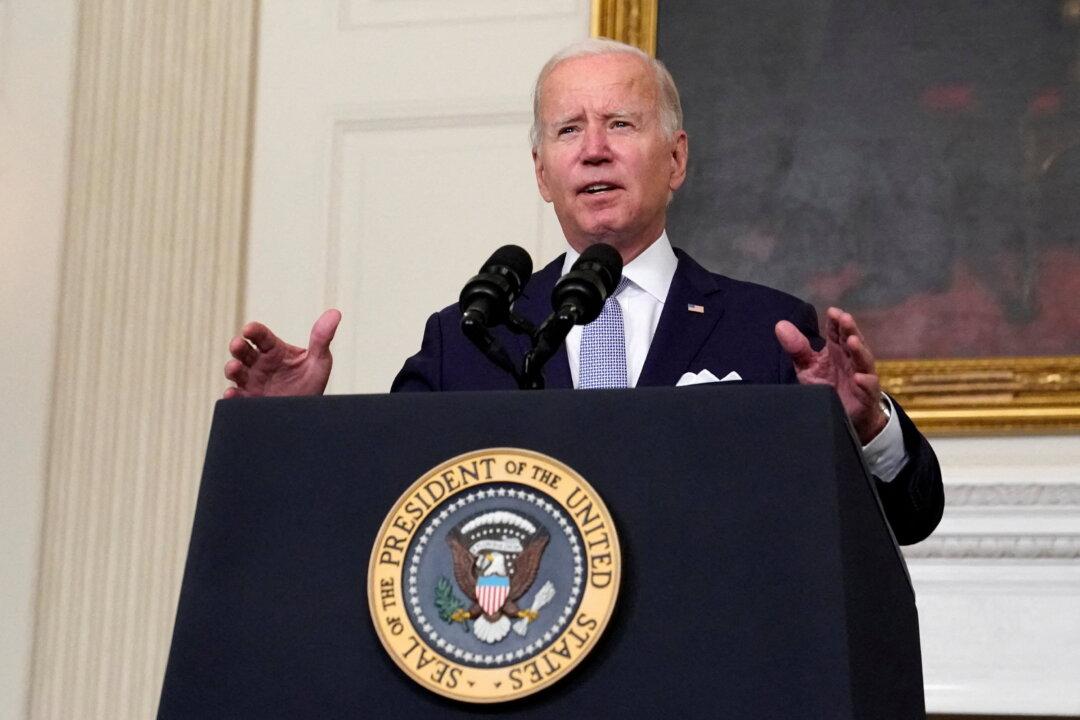News Analysis
The Inflation Reduction Act (IRA) of 2022 has reignited the debate over the root cause of today’s inflationary environment and recession.

The Inflation Reduction Act (IRA) of 2022 has reignited the debate over the root cause of today’s inflationary environment and recession.